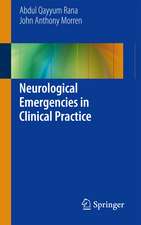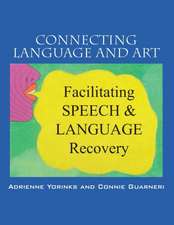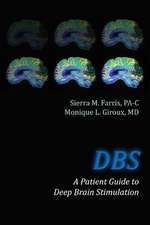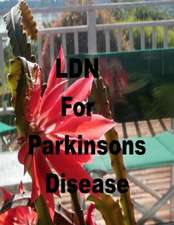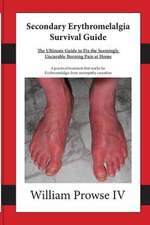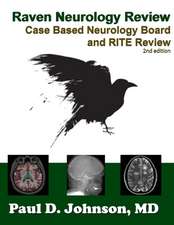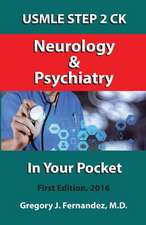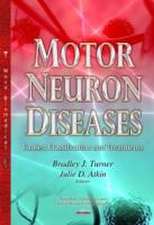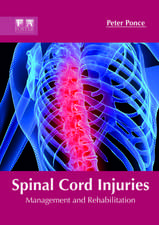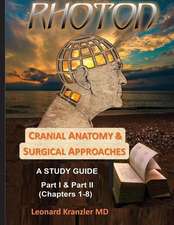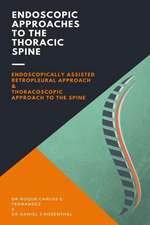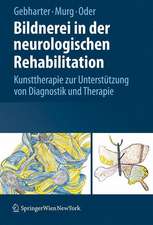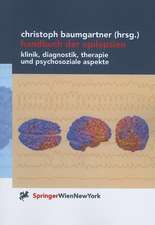Spectrums of Amyotrophic Lateral Sclerosis – Heterogeneity, Pathogenesis and Therapeutic Directions
Autor CA Shawen Limba Engleză Hardback – 12 mai 2021
In Spectrums of Amyotrophic Lateral Sclerosis: Heterogeneity, Pathogenesis & Therapeutic Directions, distinguished researchers and editors Dr. Christopher A. Shaw and Jessica R. Morrice deliver a practical and powerful perspective on Amyotrophic Lateral Sclerosis (ALS) as a heterogeneous spectrum of disorders. This increasingly accepted point-of-view allows researchers and medical professionals to develop better targeted interventions and more precise therapies.
In the book, readers will find chapters on a wide variety of critical issues facing ALS researchers and healthcare practitioners treating ALS sufferers, including animal models of ALS, neuronal support cells known to have a pivotal role in ALS, and current challenges in ALS clinical trials, among others. The authors describe pathologic features common to all cases of ALS and why animal models, though crucial, should be interpreted with caution. Finally, multiple genetic and environmental etiologies of the disease are discussed.
Readers will also benefit from the inclusion of:
- A thorough introduction to ALS as a spectrum disease and the implications for models, therapeutic development and clinical trial design
- Explorations of the genetic basis of ALS, prospective sALS etiologies, and the involvement of microbiome in ALS
- Discussions of ALS-PDC and environmental risk factors, protein aggregation in ALS, defects in RNA metabolism in ALS, and the non-cell autonomous nature of ALS and the involvement of glial cells
- Examinations of animal models of ALS and perspectives on previously failed ALS therapeutics and current therapeutic strategies
Preț: 787.37 lei
Preț vechi: 828.82 lei
-5% Nou
150.68€ • 156.42$ • 125.64£
Carte tipărită la comandă
Livrare economică 25 martie-08 aprilie
Specificații
ISBN-10: 1119745497
Pagini: 240
Dimensiuni: 179 x 250 x 18 mm
Greutate: 0.64 kg
Editura: Wiley
Locul publicării:Chichester, United Kingdom
Descriere
SPECTRUMS OF AMYOTROPHIC LATERAL SCLEROSIS Discover state-of-the-art research findings on ALS from leading authors and editors in the field
In Spectrums of Amyotrophic Lateral Sclerosis: Heterogeneity, Pathogenesis & Therapeutic Directions, distinguished researchers and editors Dr. Christopher A. Shaw and Jessica R. Morrice deliver a practical and powerful perspective on Amyotrophic Lateral Sclerosis (ALS) as a heterogeneous spectrum of disorders. This increasingly accepted point-of-view allows researchers and medical professionals to develop better targeted interventions and more precise therapies.
In the book, readers will find chapters on a wide variety of critical issues facing ALS researchers and healthcare practitioners treating ALS sufferers, including animal models of ALS, neuronal support cells known to have a pivotal role in ALS, and current challenges in ALS clinical trials, among others. The authors describe pathologic features common to all cases of ALS and why animal models, though crucial, should be interpreted with caution. Finally, multiple genetic and environmental etiologies of the disease are discussed.
Readers will also benefit from the inclusion of:
- A thorough introduction to ALS as a spectrum disease and the implications for models, therapeutic development and clinical trial design
- Explorations of the genetic basis of ALS, prospective sALS etiologies, and the involvement of microbiome in ALS
- Discussions of ALS-PDC and environmental risk factors, protein aggregation in ALS, defects in RNA metabolism in ALS, and the non-cell autonomous nature of ALS and the involvement of glial cells
- Examinations of animal models of ALS and perspectives on previously failed ALS therapeutics and current therapeutic strategies
Perfect for clinical neurologists, healthcare providers and caretakers, clinicians, and researchers studying motor neuron disease, Spectrums of Amyotrophic Lateral Sclerosis: Heterogeneity, Pathogenesis & Therapeutic Directions is also an indispensable resource for the neurodegenerative research community, neurology residents, and graduate-level neuroscience students.


